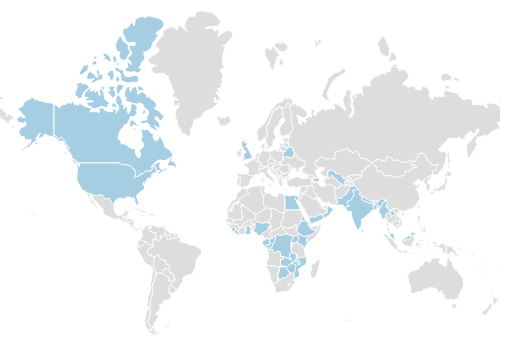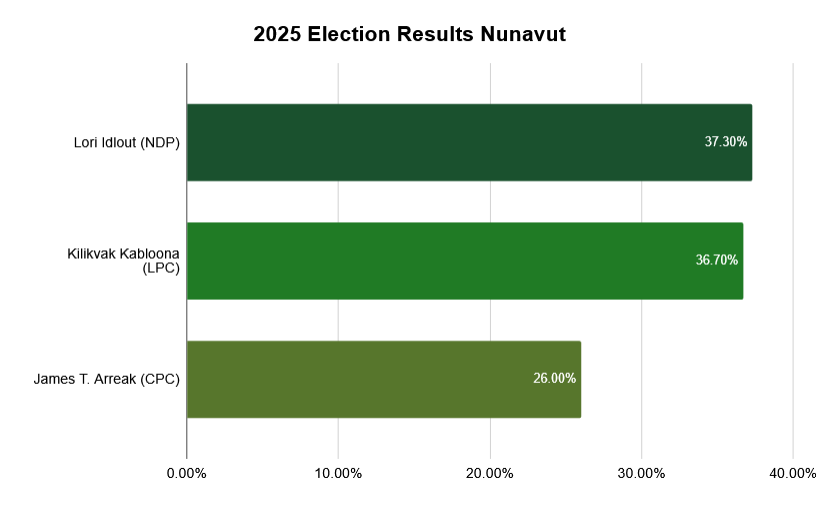4.2 Majoritarian Systems
According to Taylor et al. (2014), “Majoritarian systems reflect the premise that elections should have clear winners and losers” (pg 119). As the name implies, a majoritarian system seeks to identify the candidates within each electoral district that have the most support. Each district corresponds to a seat in the legislature, and each one is contested by two or more parties. A single winner is determined based on a candidate meeting the winning threshold.
Decision Rules
The winning candidate is determined by a given decision rule (Munger & Munger, 2015). The decision rule determines the threshold for winning.
- Plurality – candidate with the most votes wins.
- Majority – A candidate must receive over 50% of the votes to win
- Supermajority – A candidate must receive more votes than a simple majority, sometimes 60% of the votes, two-thirds, or even 75%.
Plurality Systems
In a plurality electoral system, a candidate wins their district by getting the most votes. Canada uses a type of plurality system called Single-Member Plurality (SMP). The term single-member signifies a district magnitude of 1, and plurality tells us about the winning threshold. One candidate will be elected from the district, and the candidate with the most votes is the winner. Sixty-nine countries use some version of a plurality system:

Plurality systems are also called first past the post (FPTP) systems. The table below displays FPTP election results from the Nunavut electoral district in the 2025 Canadian federal election.

The winning candidate from the NDP won the riding with 37% of the votes (and by only 41 votes!). In this case, the winning candidate received a plurality of the votes, while a majority of the voters, over 62%, preferred someone else.
Is plurality enough?
Similar to the results in Nunavut, candidates in plurality systems can often win elections despite over half of voters preferring someone else. To avoid this, countries may opt to use a single-member majority system (SMM). To win an election, a candidate must achieve a majority of support in the district instead of simply getting the most votes (O’Neal, 1993). This is easy in a district with only two parties, but when there are more than two candidates, a different mechanism must be used.
Two Ballot System
A two-ballot system or two-round system uses two separate elections to determine a winner in each district. The first election will be open to multiple candidates (O’Neal, 1993). If no candidate earns a majority of votes, then a second round of voting is held. On the second ballot, qualifying candidates (typically the top two) appear on the ballot, ensuring the winner has a majority of support. This is sometimes called a run-off election.
Example: France
France is one of 17 countries that use a two-round system for parliamentary elections. In the 2024 Legislative elections, two rounds of voting were held on 30 June and one week later on July 7 to elect 577 members of the national assembly.

Alternate Vote
Instead of holding two rounds of voting, the same result can be achieved by asking voters to rank their choices. This is called an alternate vote (AV) system (O’Neal, 1993). If none of the candidates receive an absolute majority, the last-place finisher is eliminated, and the second-choice votes from those ballots are applied to the total. The process continues until a candidate receives a majority of the votes. Australia uses an AV system for its Parliamentary elections. This system is also called ranked-choice voting (RCV), preferential ballot, or instant runoff voting (IRV). The terms can be used interchangeably (O’Neal, 1993).
Example: London, Ontario
For its 2018 municipal elections, London, Ontario, used a system of preferential voting to elect a mayor and 14 members of City Council. The initial implementation was expensive, and the process took longer to count votes and report results due to the calculations required to reallocate votes after each round (Kurs, 2020).

